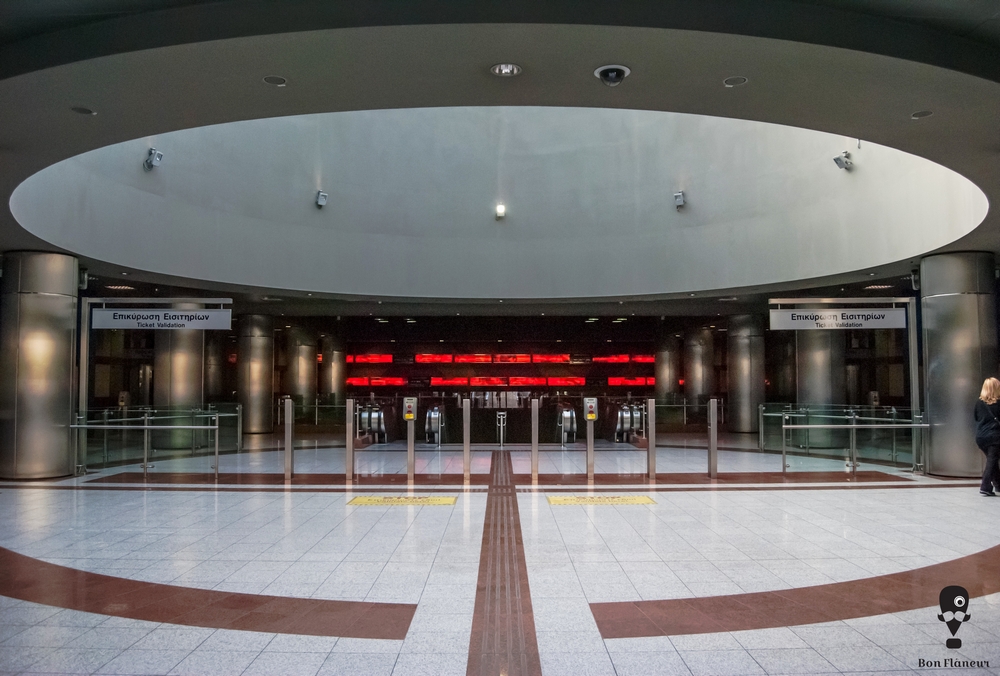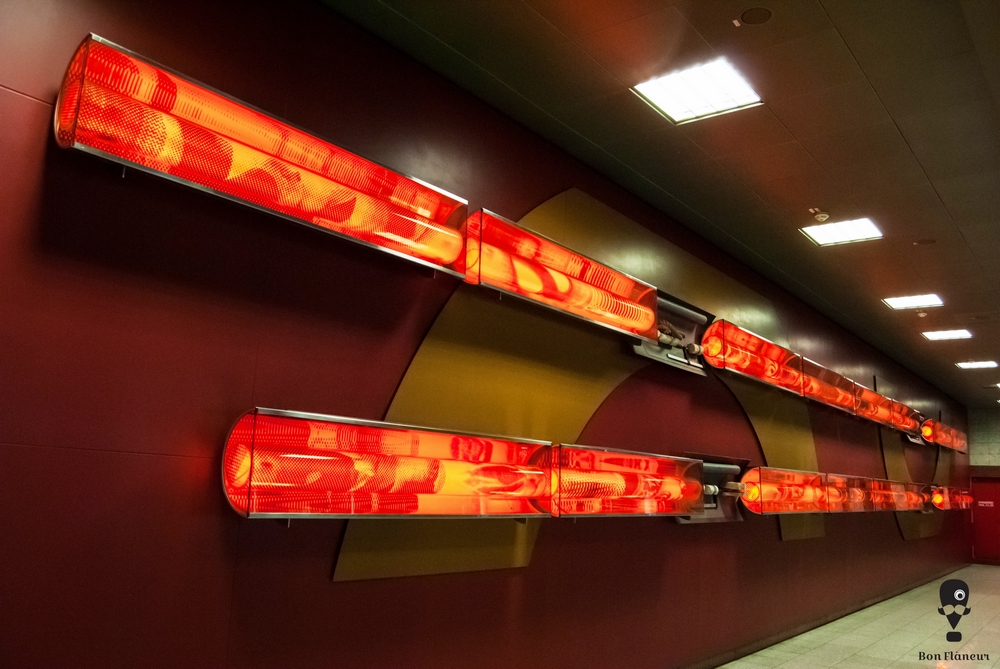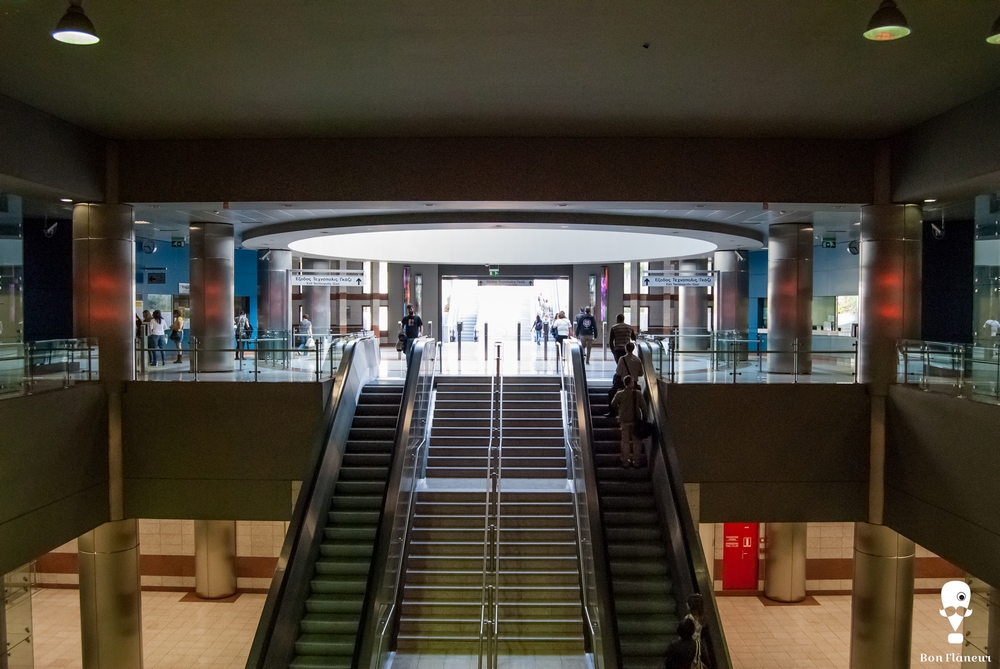Keramikos Metro Station
Keramikos Metro Station is spacious, bright and respects the industrial past of the area.
Location
Timeline
Modern and Contemporary era (1821 - )
2007 It was inaugurated on May 26, 12 years after the beginning of construction.










Share